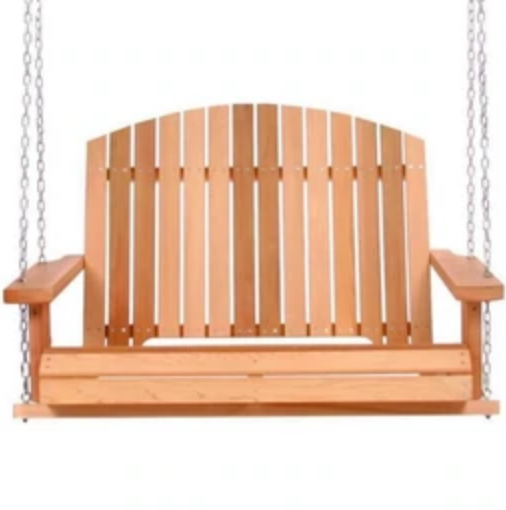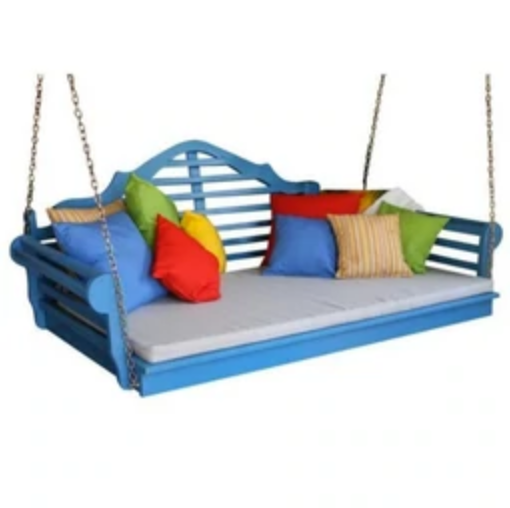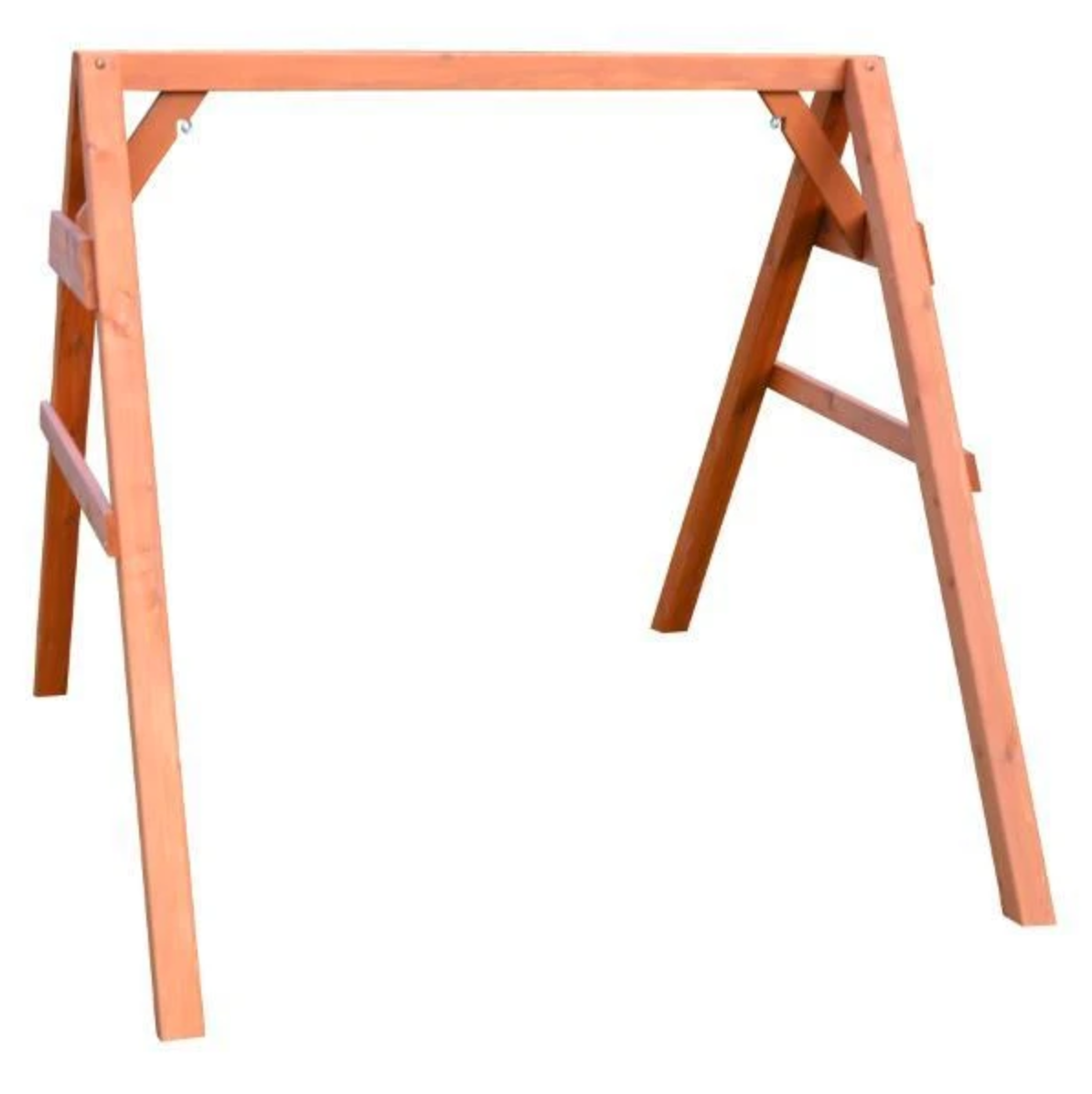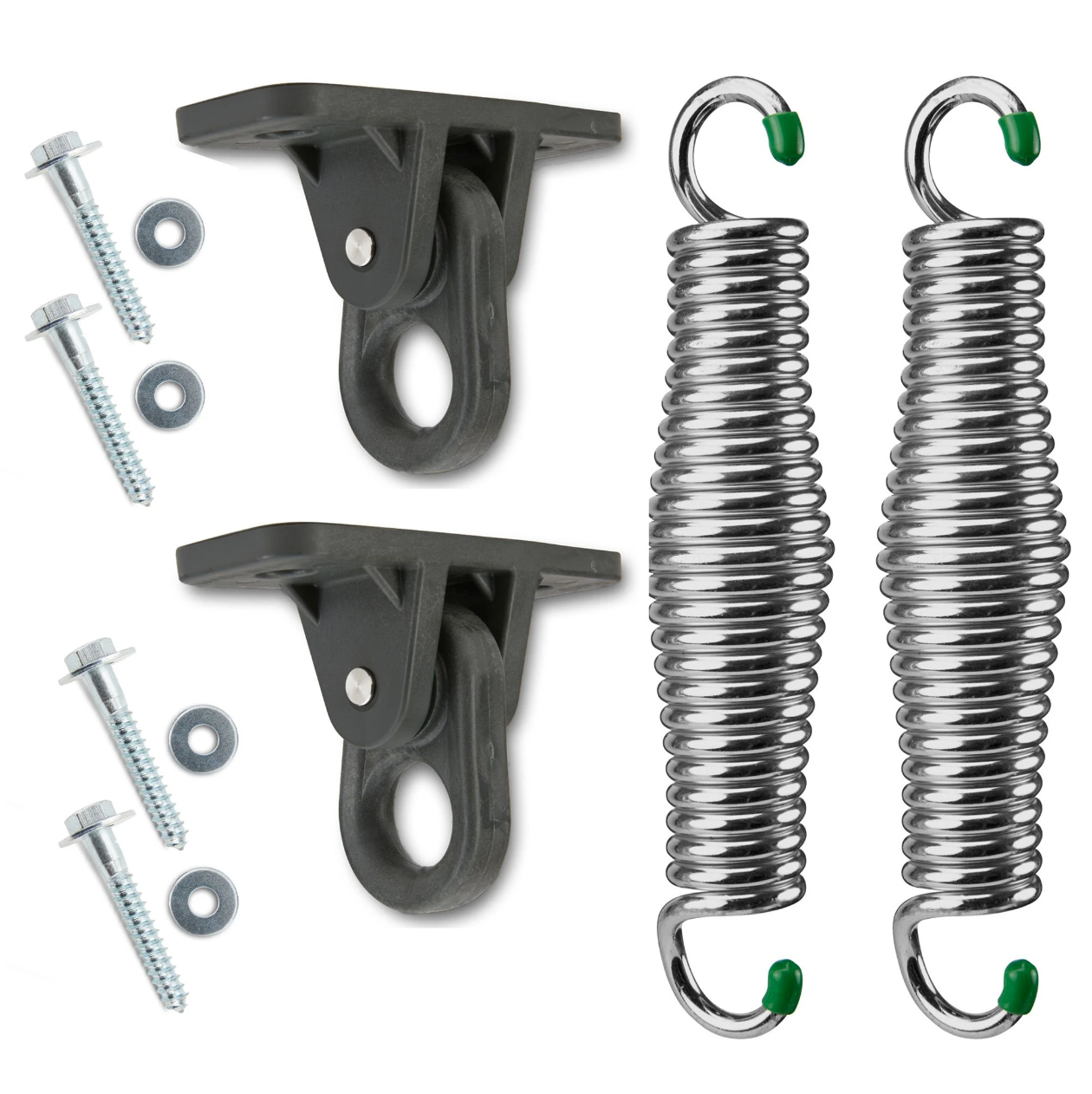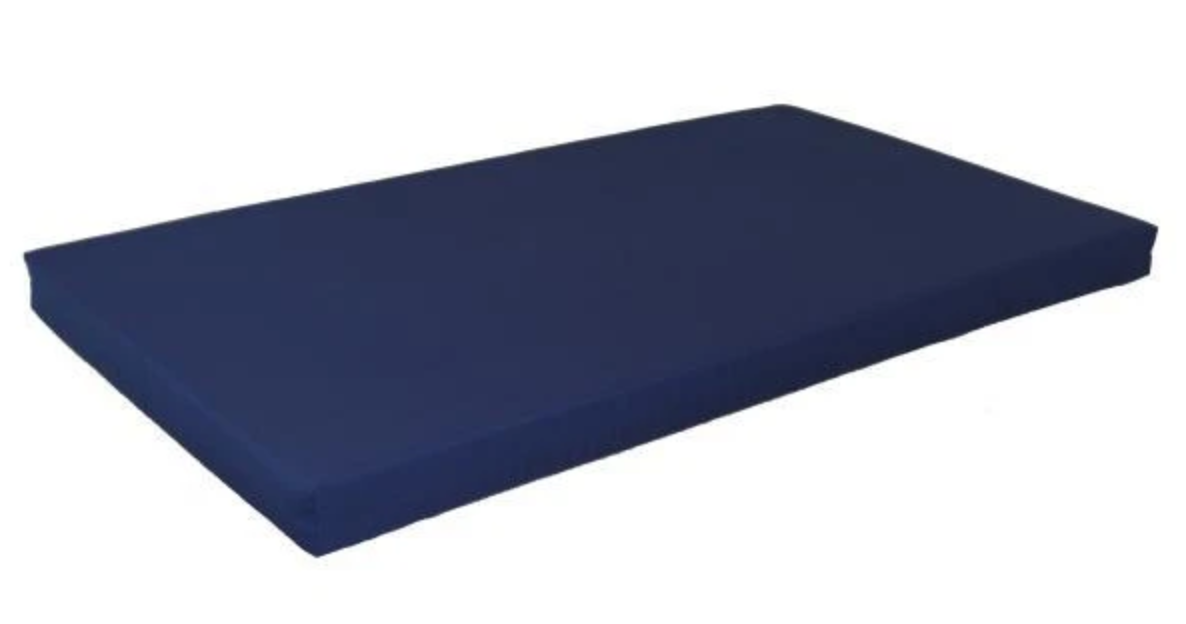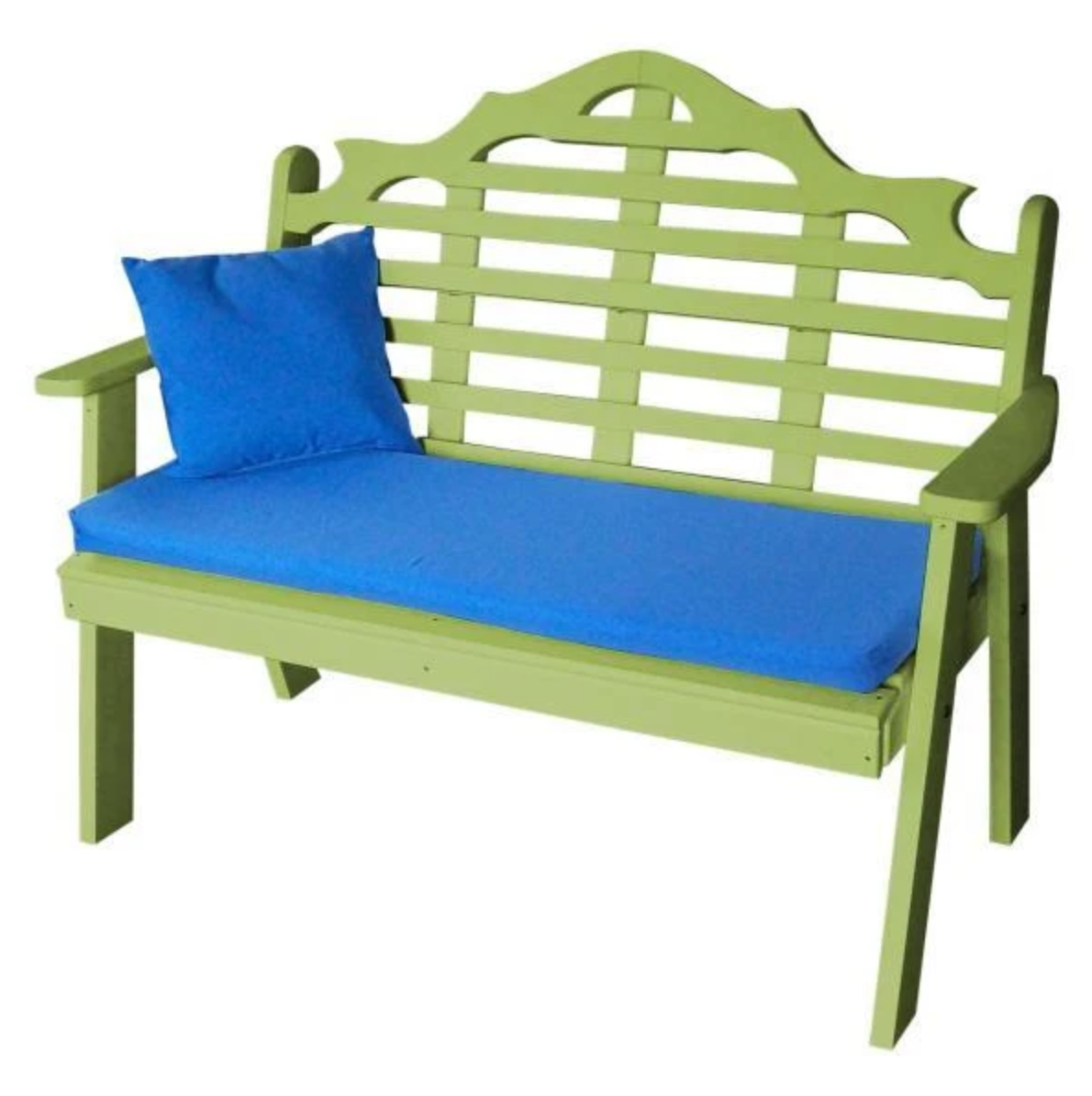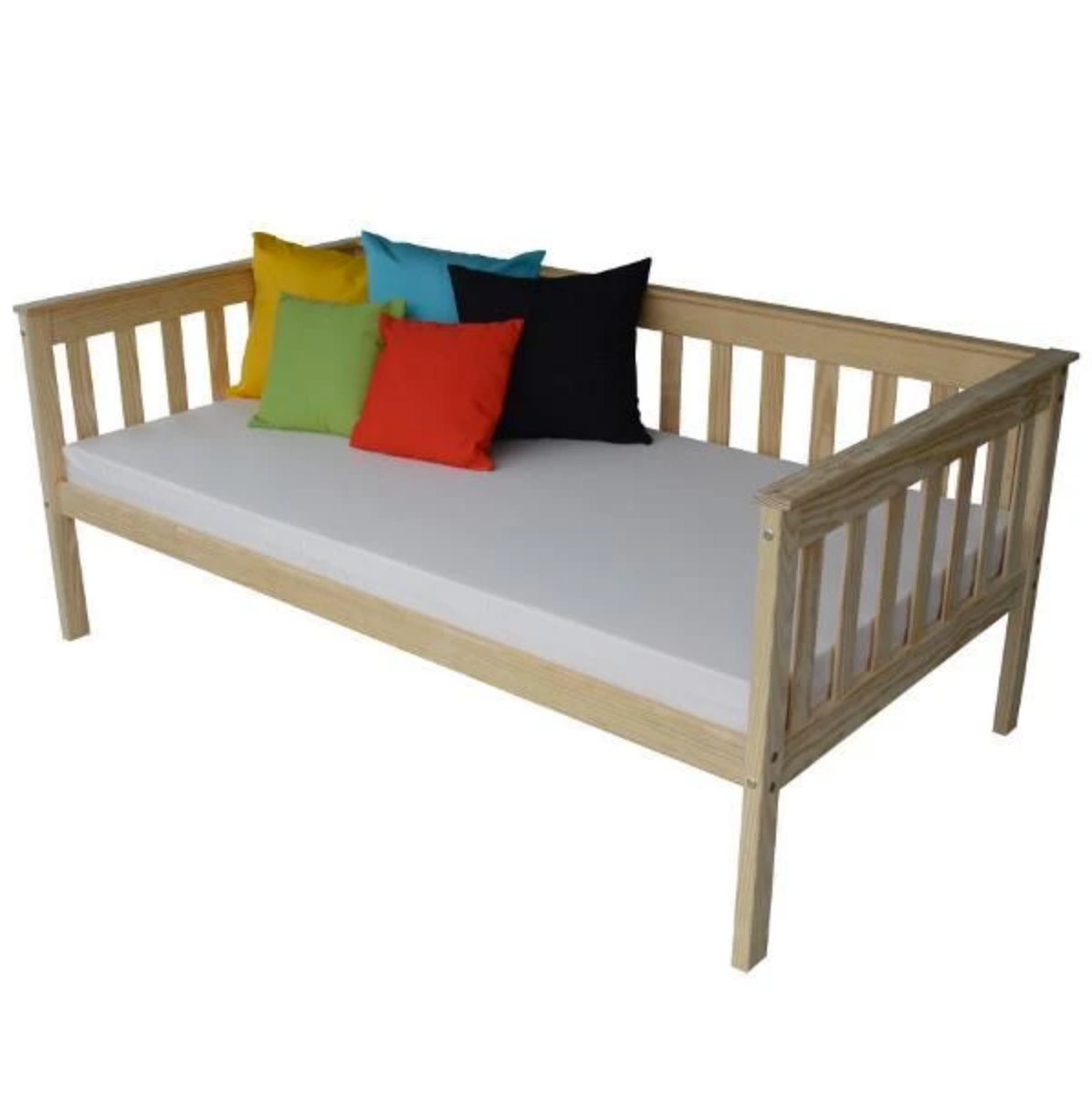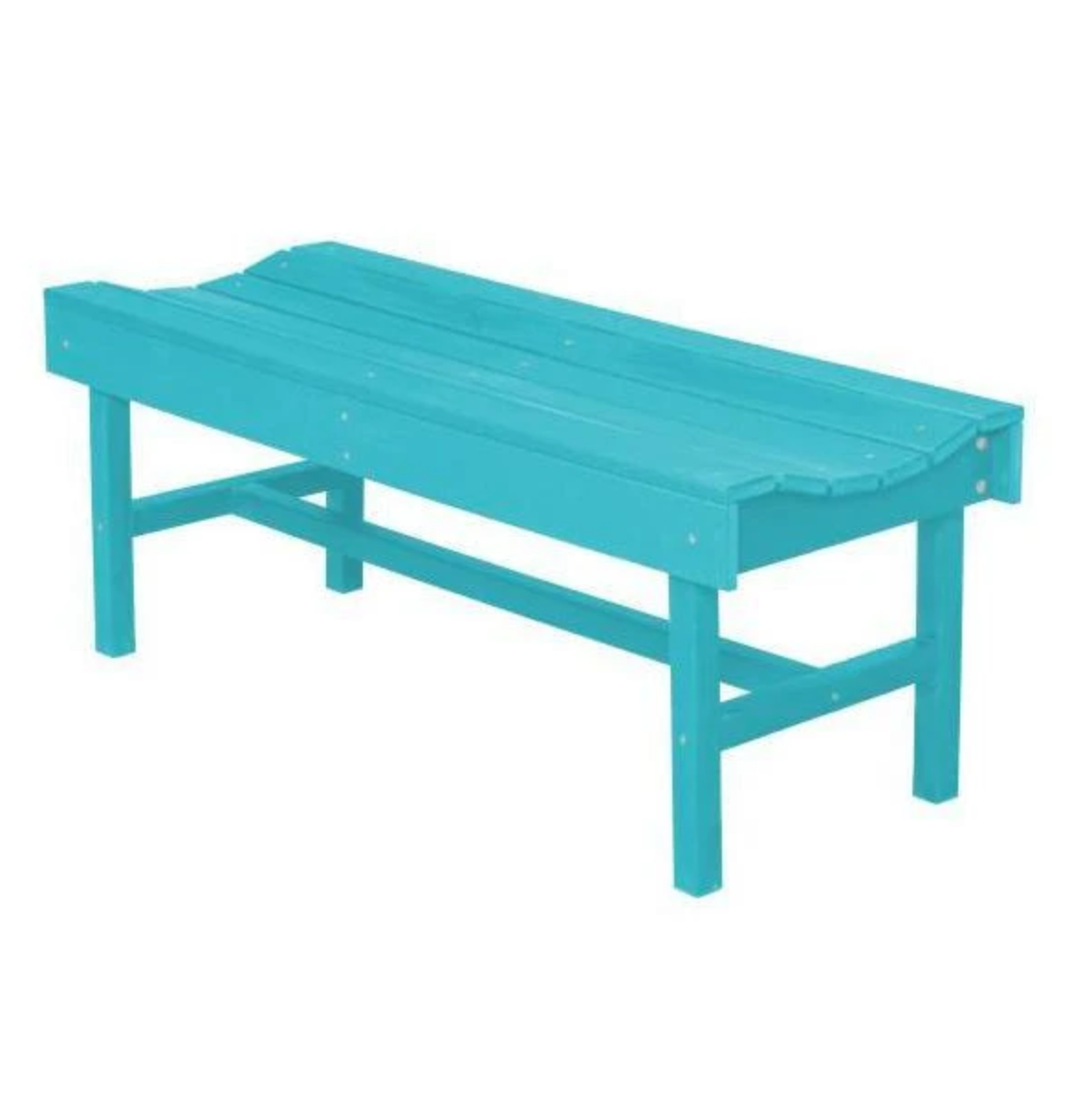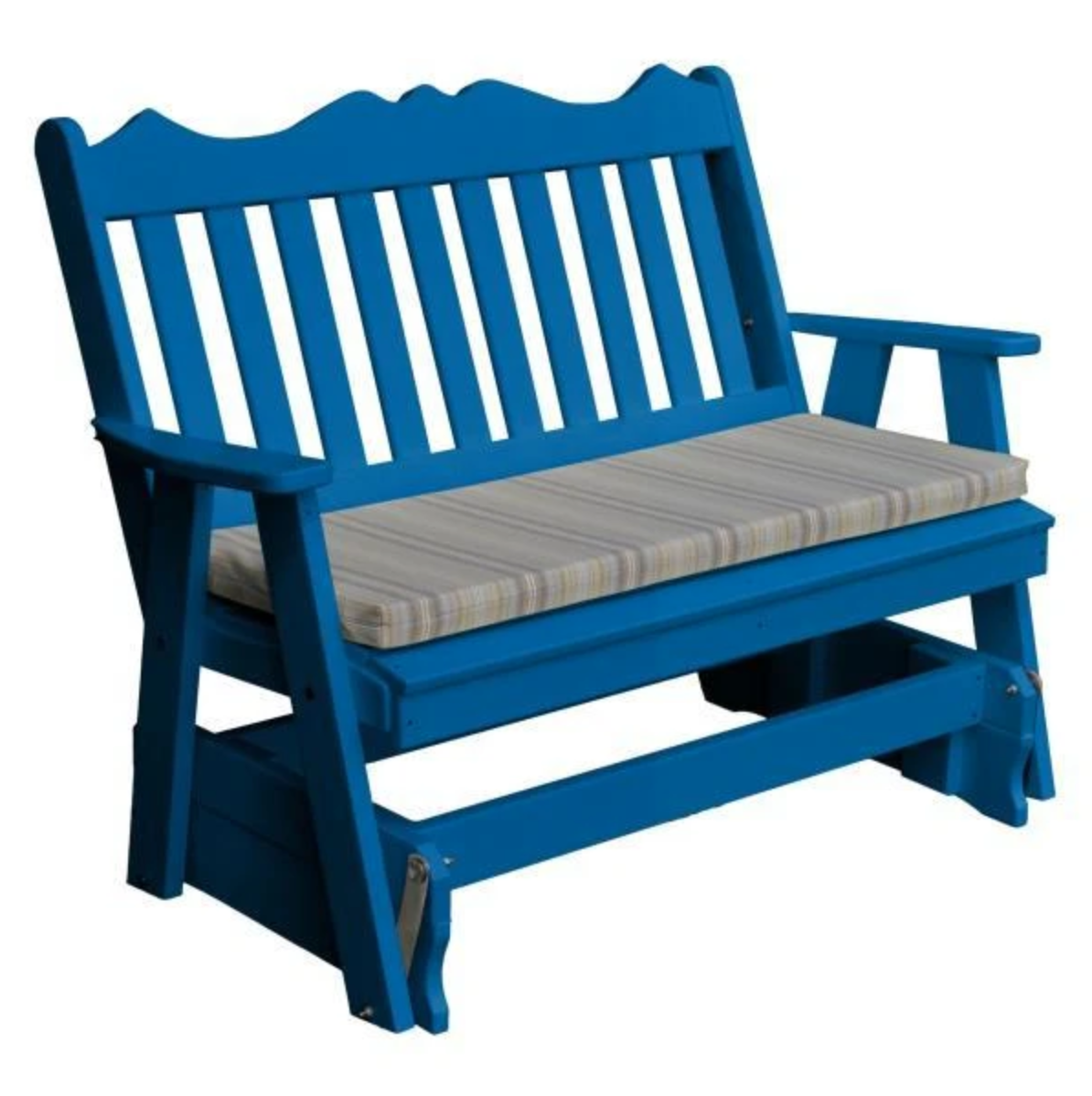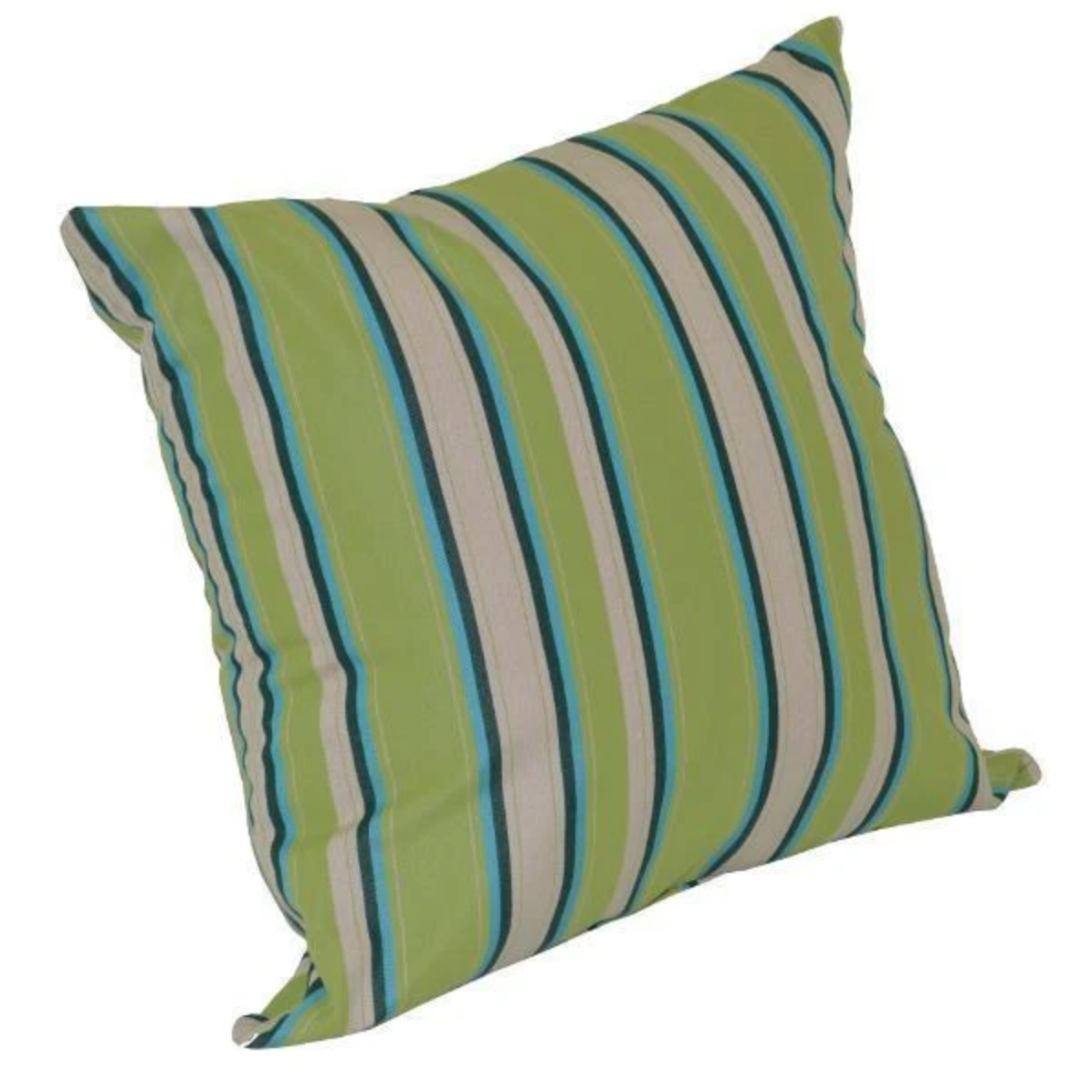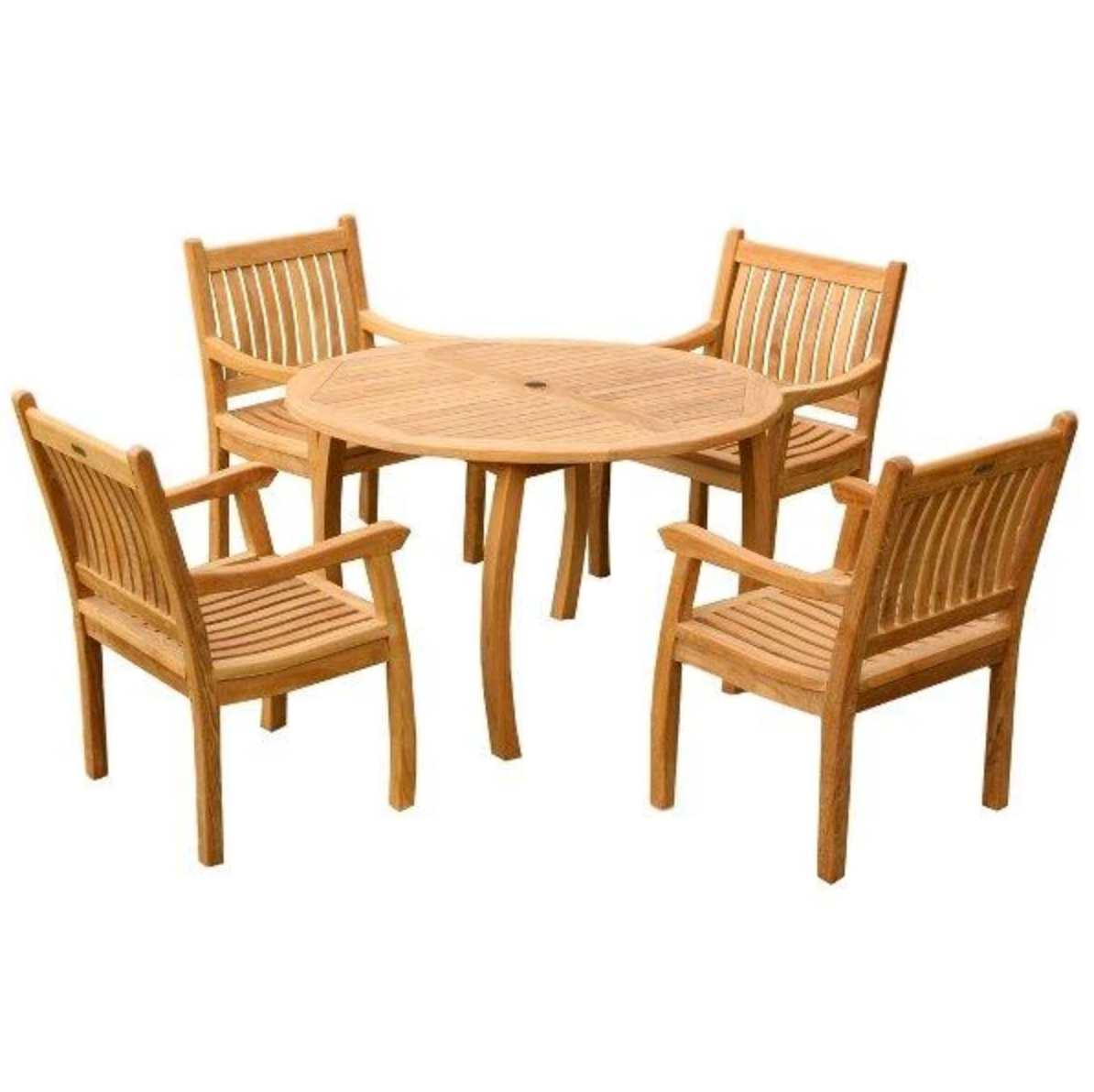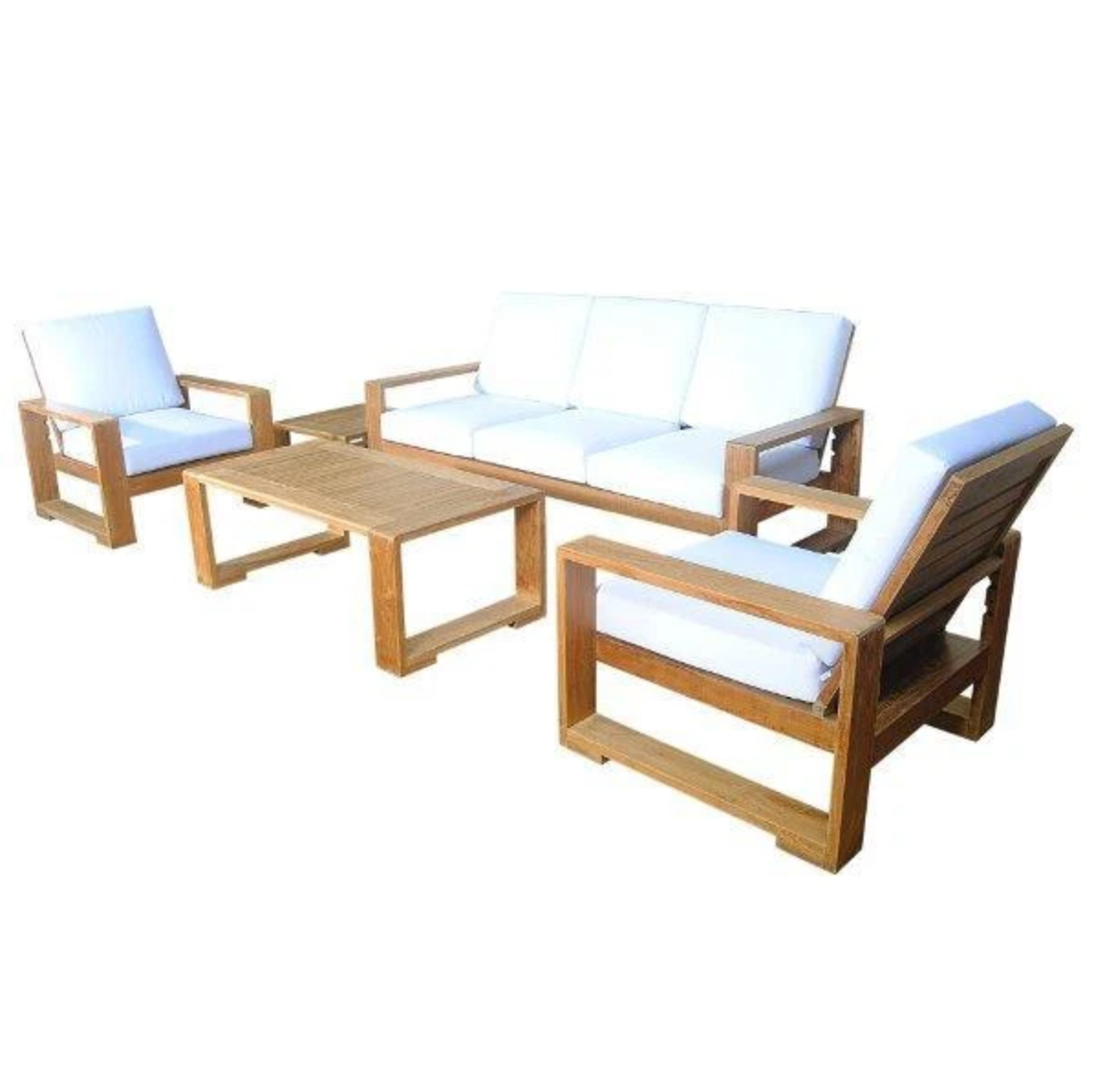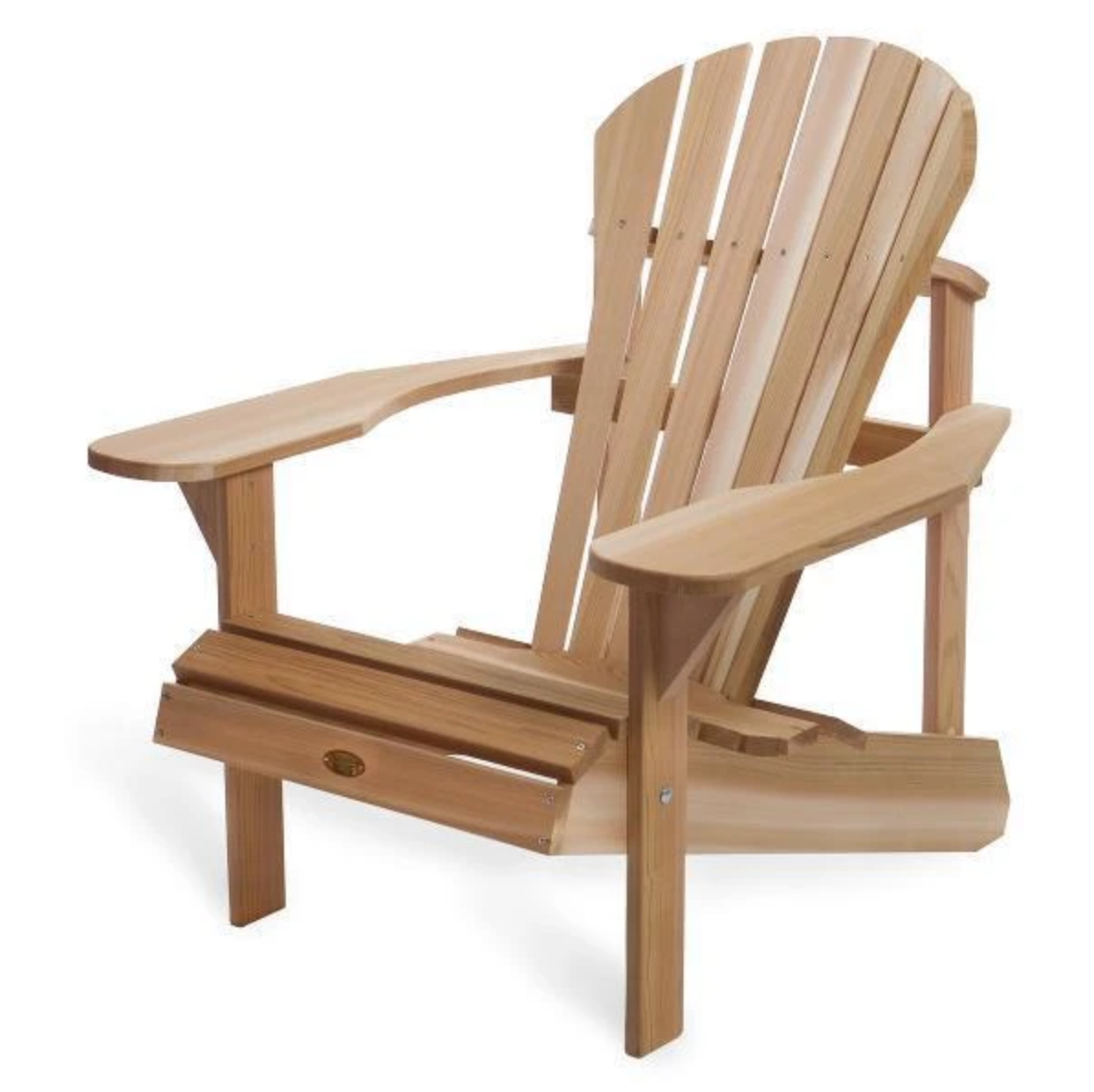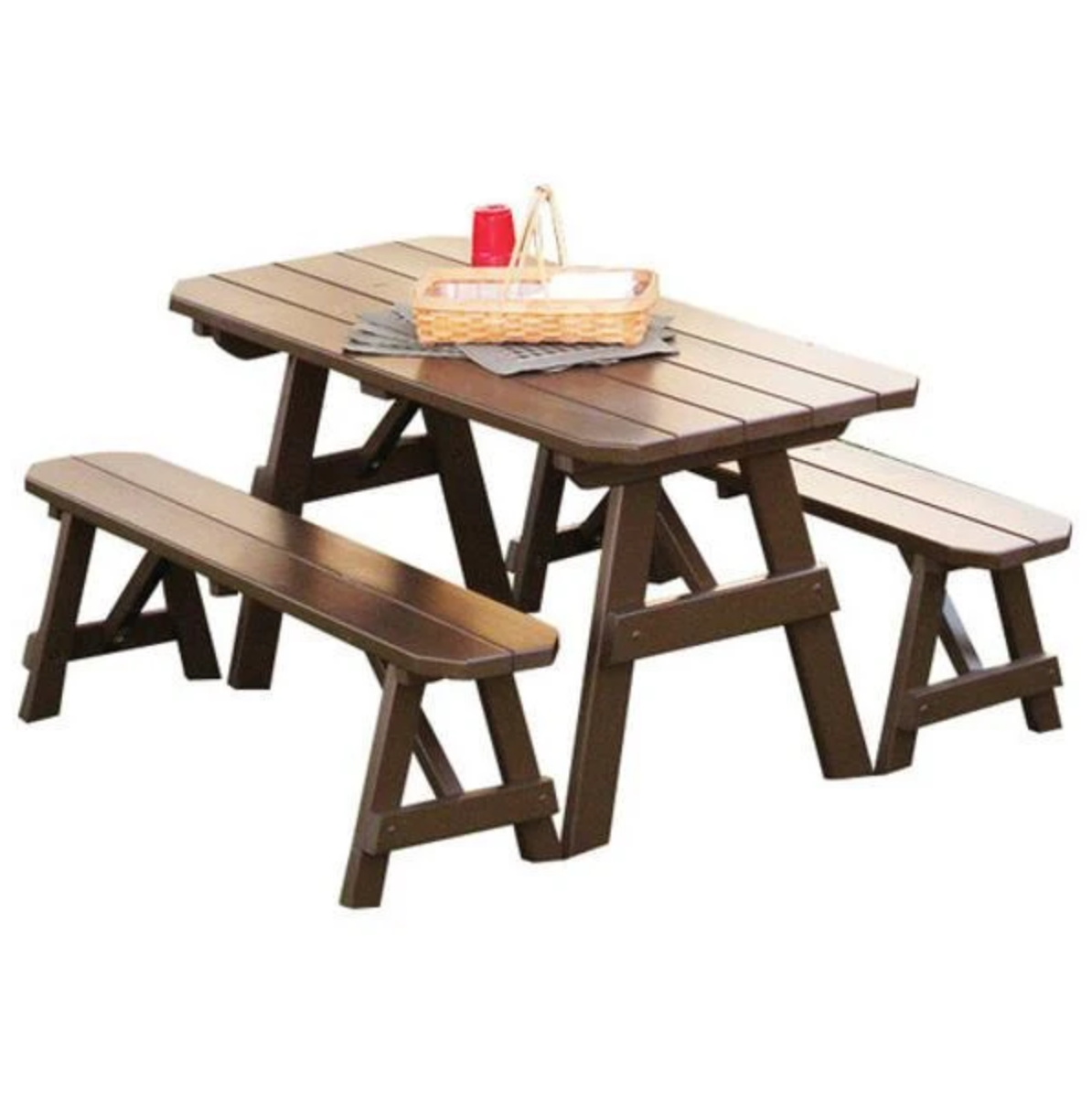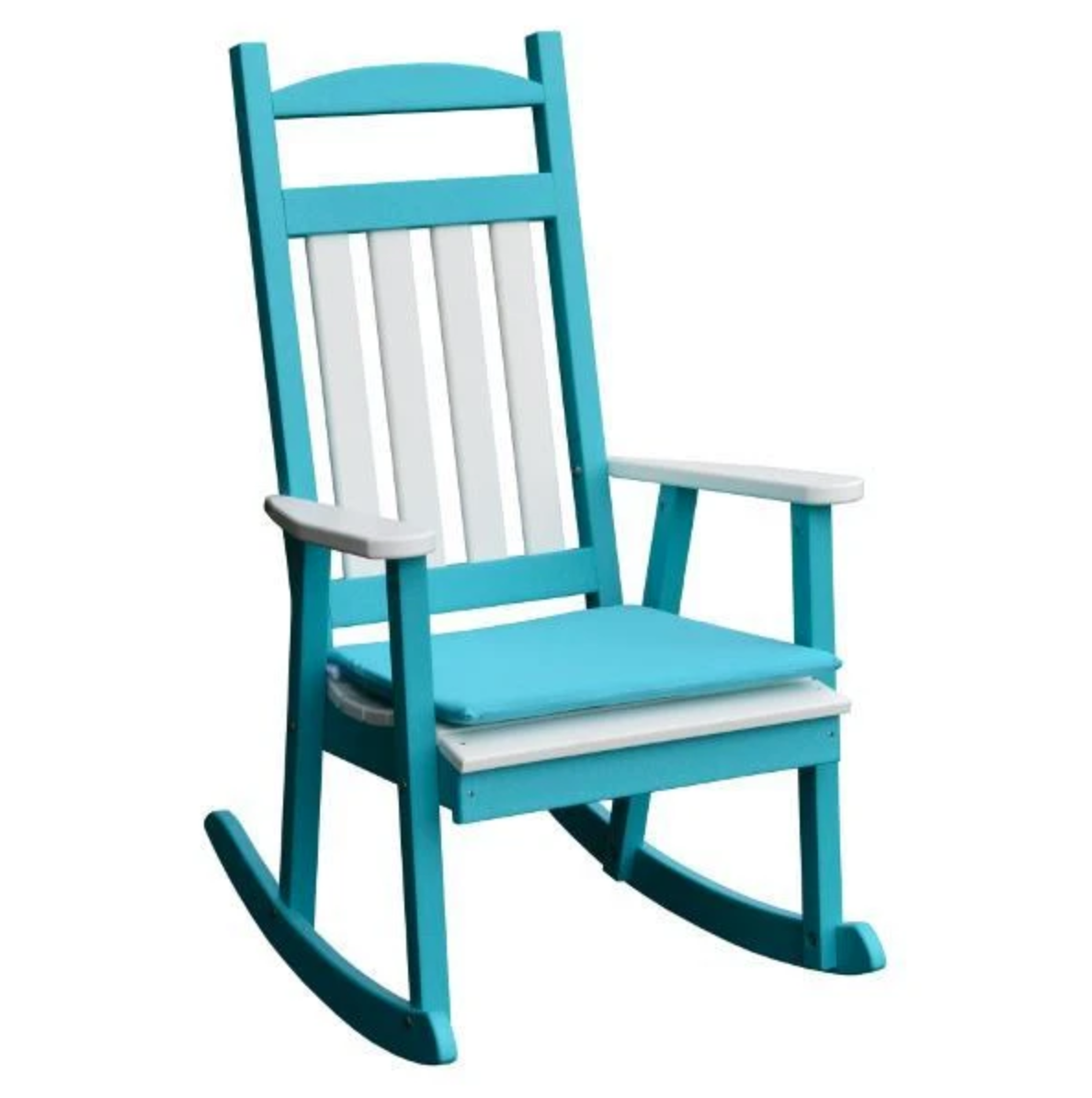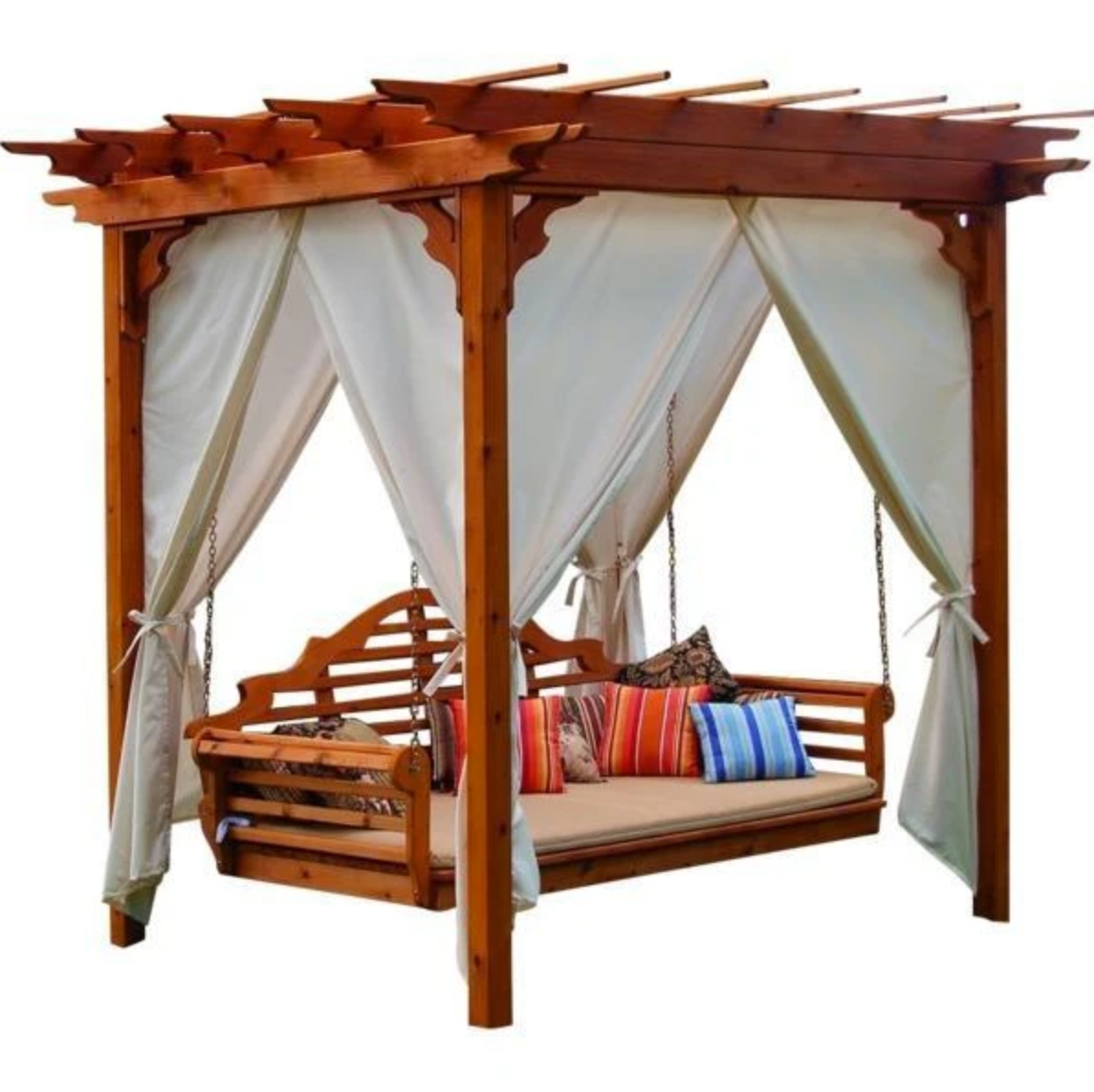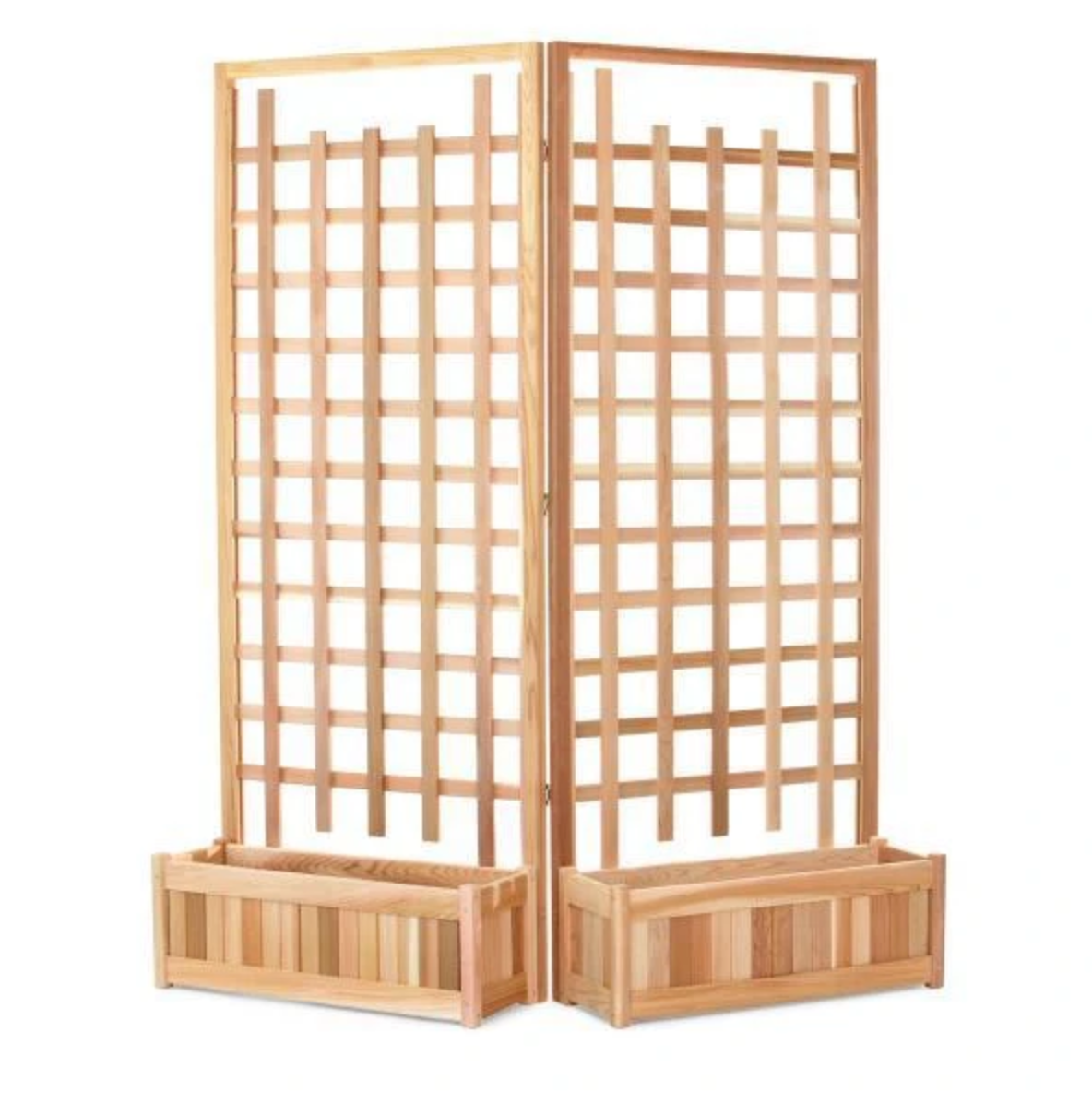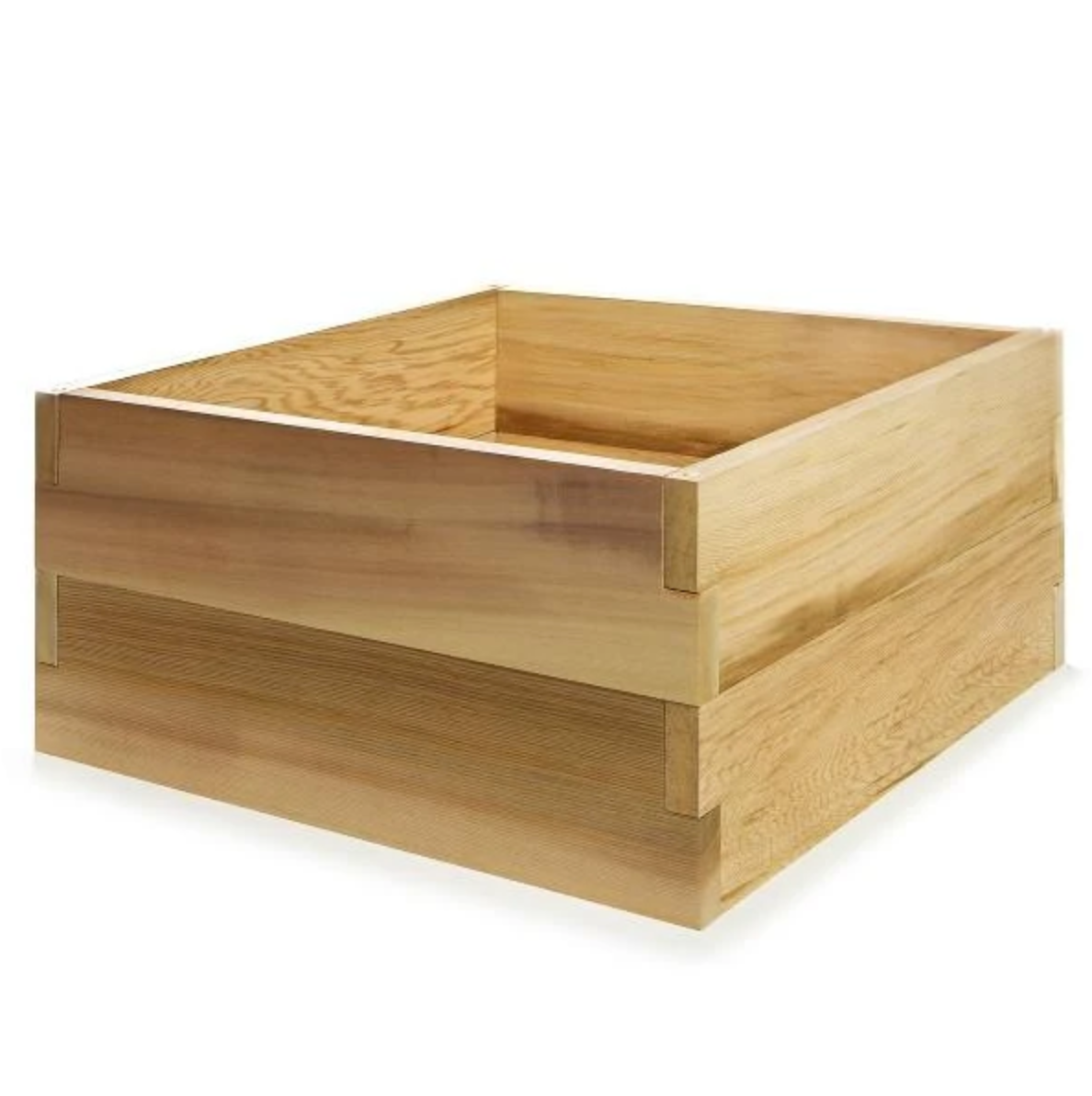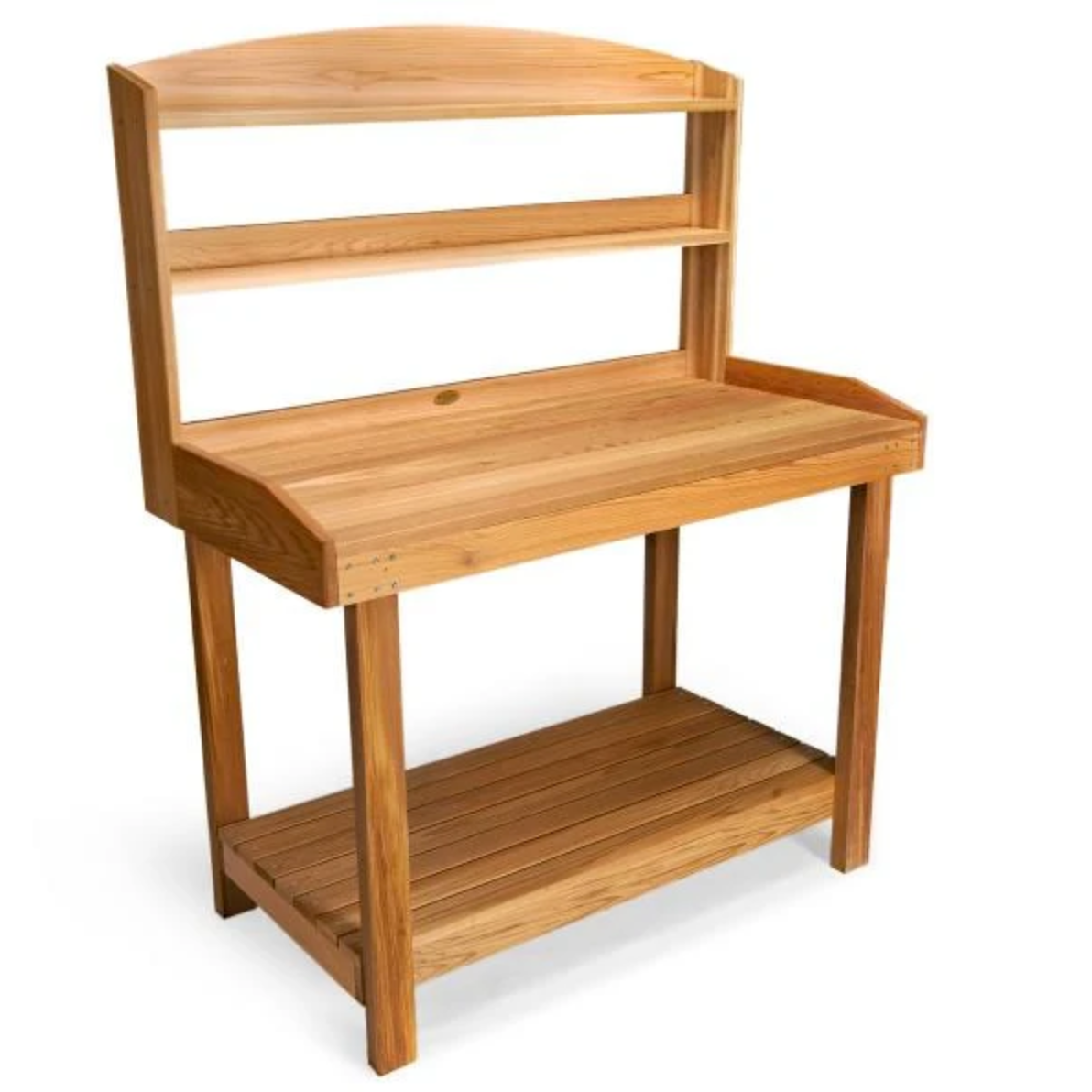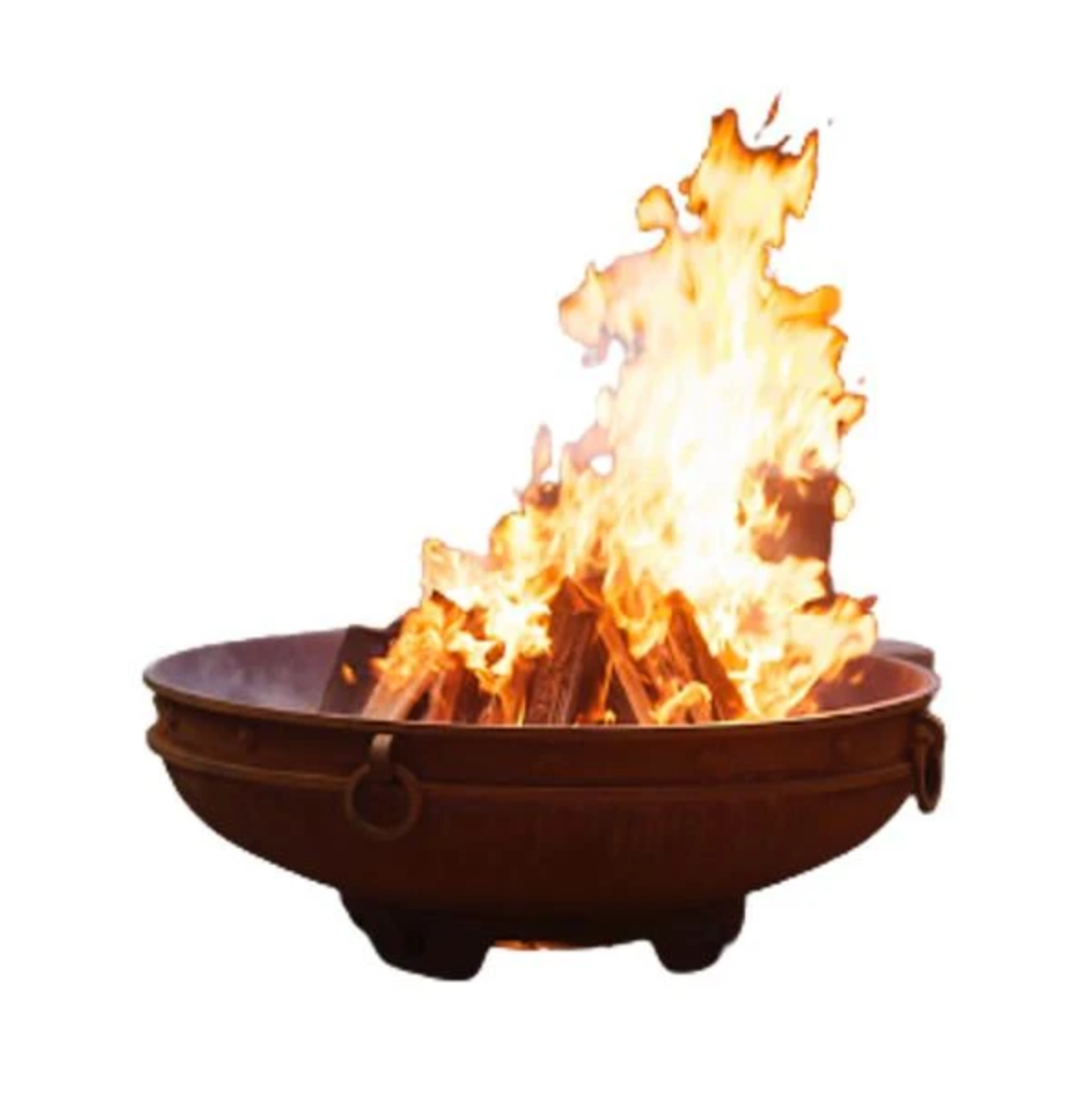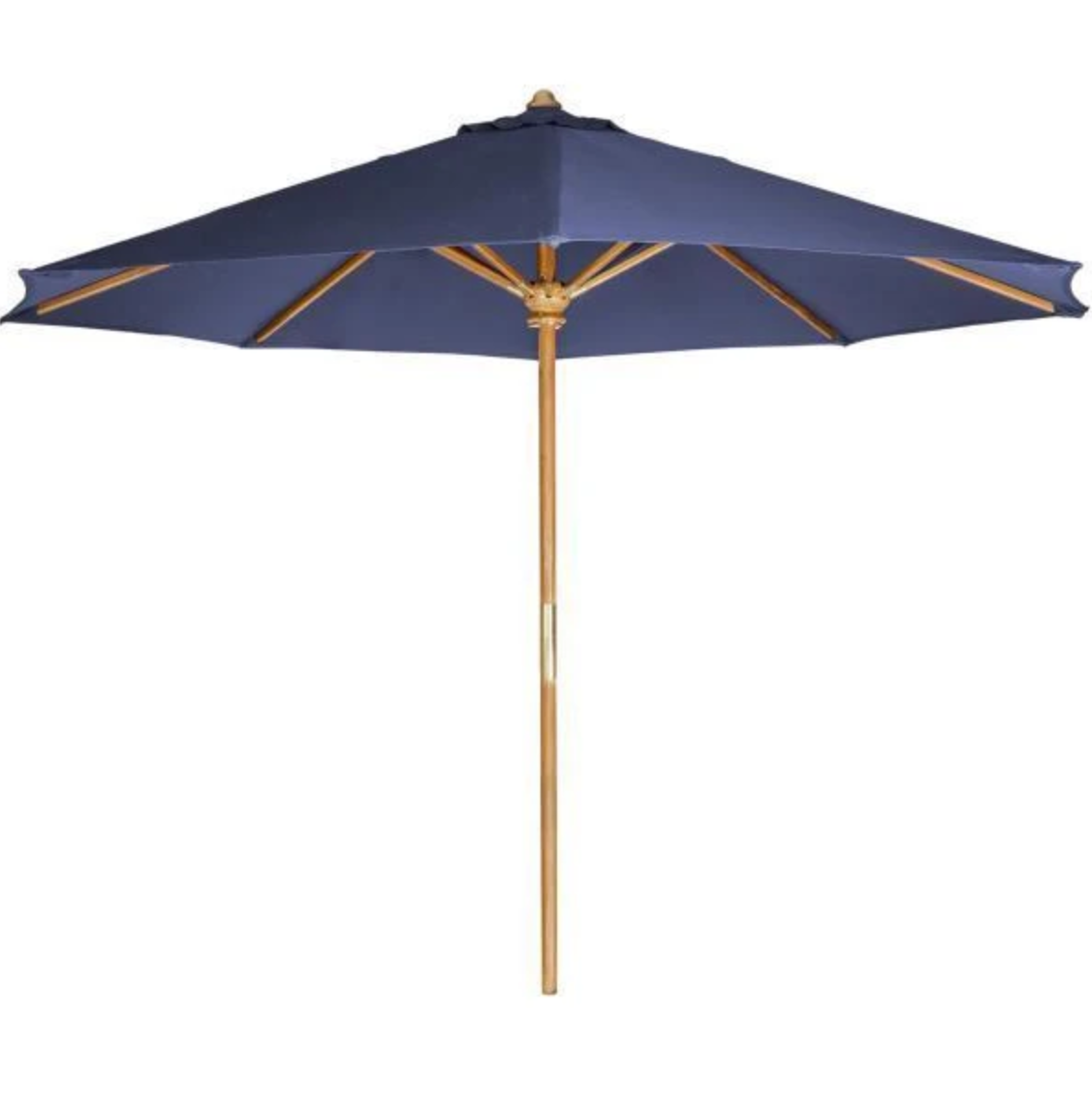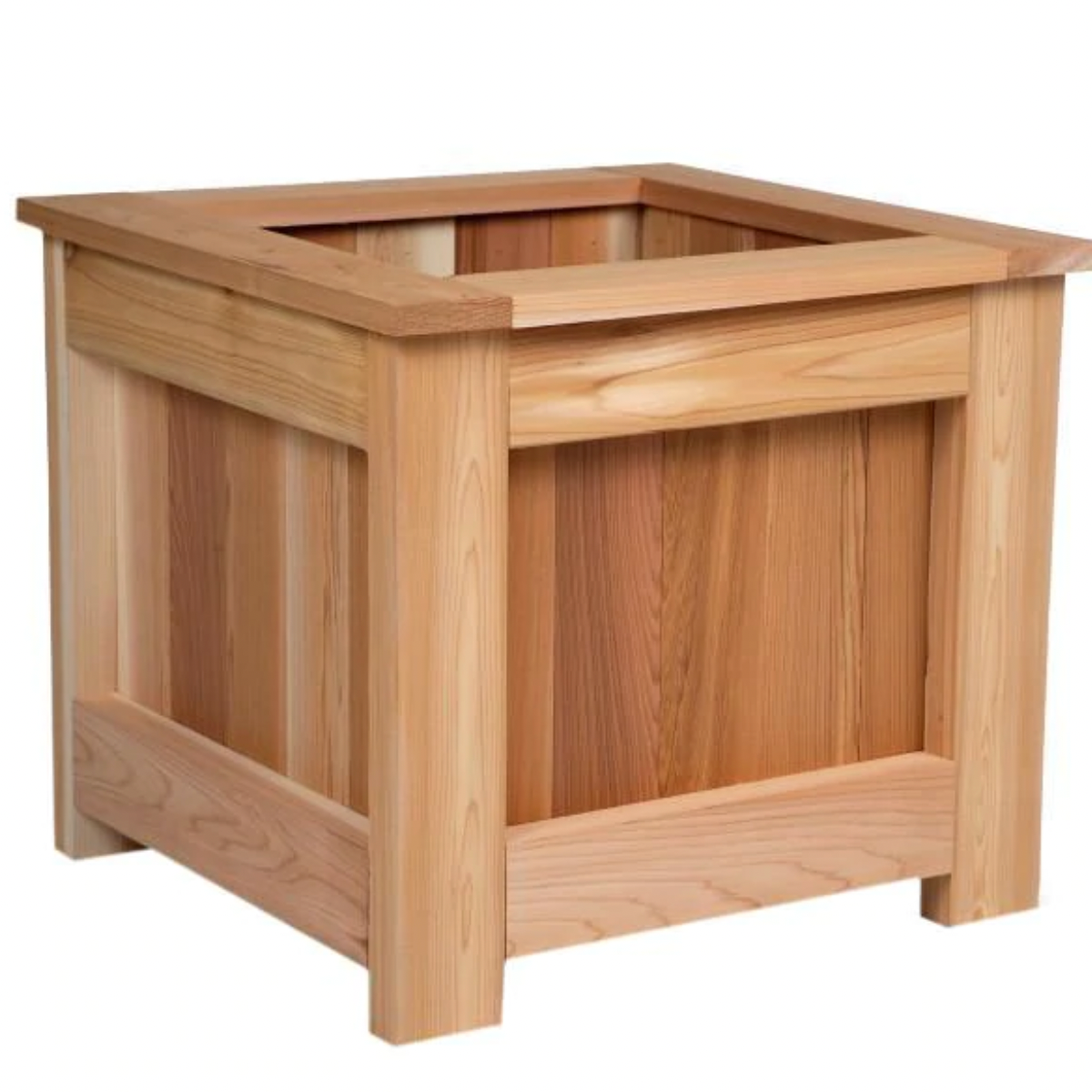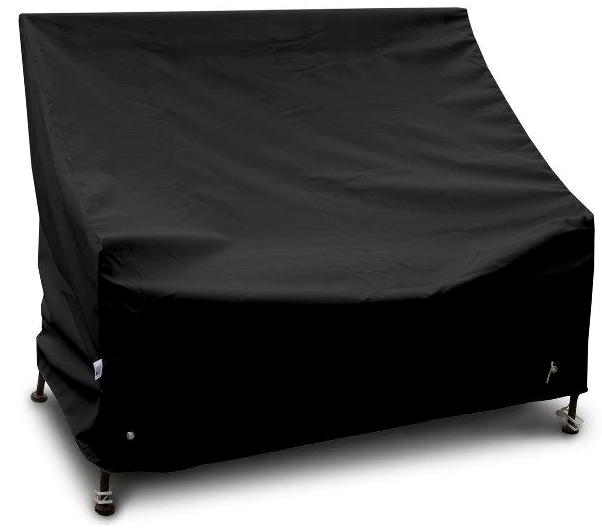Your Cart is Empty
FREE SHIPPING ON EVERY ORDER
Menu

FREE SHIPPING ON EVERY ORDER
Swings
Benches
Tables & Chairs
Home & Garden
How To Select The Perfect Umbrella For Your Patio

Finding the right patio furniture, finding the best type of flooring, finding the correct kind of grill for outdoors, and yes, there should be a place for finding the right kind of umbrella for your outdoor haven. Whether it's protection from the scorching heat or the cold rain, getting the perfect patio umbrella will let you and your family and friends enjoy the outdoors without the hassle of nature's harsh elements.
Table or Free-standing Umbrella?
Both types each have their advantages. Table umbrellas are more affordable than freestanding umbrellas, and if you make use of tables very often, this is a practical choice. Most table umbrellas insert easily through picnic tables with holes and are also easy to replace, should you ever get tired of the look.
On the other hand, if you need to provide shade to different areas in your landscape, the freestanding umbrella is your best bet. It has a more substantial and sturdier base and is suited for spaced-out the furniture you want to shelter from the sun. Freestanding umbrellas are also mobile and will keep the center of your table pole-free.

Sturdy Perfect Umbrella Base
Choosing a sturdy umbrella base or stand is vital as this is the determining factor of how strong it is to withstand the wind. Even table umbrellas should have a sturdy stand that will keep the table from toppling over during strong winds. Umbrellas that span over 10 feet should have a more significant base. Here's a guide for the base weight for each height of umbrella:
| 5 – foot to 6- foot umbrella | 40 lbs. base stand weight |
| 7.5 – foot to 8.5 – foot umbrella | 50 lbs. base stand weight |
| 9 – foot to 10 – foot umbrella | 50 – 70 lbs. base stand weight |
| 11 – foot to 13 – foot umbrella | 100 lbs. base stand weight |
Umbrella Size

The canopy size and the height of your umbrella will determine the amount of shade you will receive. An oversized umbrella may provide you with lots of shade but might not match your furniture's size. A good rule of thumb is always getting an umbrella that's 4-5 feet bigger than the space you need to shade.
For example, if you have a 4-foot round table, you might want to get an umbrella with a diameter of 8 feet. Select an umbrella whose size is matched appropriately to cover the table and the people seated around it.
The height of the umbrella matters is essential, too. Minimum umbrella heights are 8 feet in height, and if you are expecting to have tall guests, consider getting a much taller umbrella.
Materials
Frames – Patio umbrella frames are made of two types: wood and aluminum. A newer type of frame is made of fiberglass.
Wood umbrella frames include teak and other hardwoods repellent to weathering, moisture, rotting, and insects. While wood frames are classic, they do not have the sturdiness of aluminum and fiberglass frames and are likely to bend and snap during strong winds.
Aluminum frames are lightweight and durable, and while it may not look as classy as wood, it comes in a variety of powder-coated finishes that gives you lots of options. Aluminum is corrosion-resistant, affordable, and long-lasting, which is an excellent buy for your outdoor spaces.
Fiberglass frames are more popular for use in extremely windy areas. Fiberglass is made of plastic reinforced with glass fibers and is a material that is durable and bendy, making it perfect for strong winds. While it runs on the expensive side, the performance of fiberglass umbrella frames offset all the costs.
Most patio umbrellas combine fiberglass and aluminum with the former being used for the ribs and the latter as poles to create a seamless and long-lasting design that uses each of the material's best properties.
Canopies – A patio umbrella canopy needs to be both resistant to sun and rain. The polyester fabric dries a lot faster and is ideal for wet environments. Acrylic can retain its shape and is resistant to wrinkling.
The downside is that it is sensitive to high temperatures. Most manufacturers prefer Sunbrella fabric, which is designed for the outdoors and is hardwearing and resists fading. It also comes in a lot of fashionable color and print options that are also suitable for use as outdoor pillow covers.

Umbrella Features
Unlike a regular umbrella where you press a button to open it, patio umbrellas have different features that expand their functionality depending on their size and weight. Larger umbrellas will have more features than a smaller umbrella because these are more difficult to open and close because of their size.
Umbrellas have three types of lift mechanisms. One is a push mechanism where you push the umbrella upwards to open, like how you open a regular umbrella. Second is the pulley system, which uses a wheel and rope to lift the canopy upwards. Last is the crank system, which uses a rolling crank to lift or pull down the canopy. This is the easiest mechanism and is ideal for large canopy umbrellas.

Another feature is the tilt mechanism, which allows the user to tile the canopy in different positions. One is a push method where you manually push the canopy into your desired location, and the other is a crank mechanism that continues from the crank lift mechanism. Once the umbrella is opened or cranked to its full position, you can keep turning the crank to tilt the umbrella.
Replaceable Parts
Should some parts of your umbrella be damaged, there are replacement parts available for its pole, ribs, finial, and hub. The pole is the upright component of the umbrella. The ribs are the thin rods that support the canopy fabric. The hub helps in opening and closing the umbrella. The final is the decorative top of the umbrella that allows secure the canopy to the umbrella frame.
Umbrella Care
Make it a habit to clean your umbrella from mold and mildew, water stains, and tree sap stains. Spray the frame of your umbrella with WD-40 to keep its mechanism working smoothly and make sure to let it dry before covering it when not in use.
Also in News
US
United States
Jan 01, 2026 20:44
Product Tag :
Product Collection :
×
